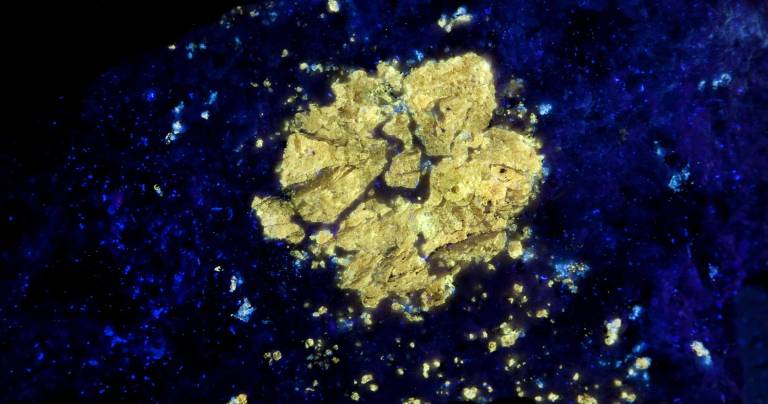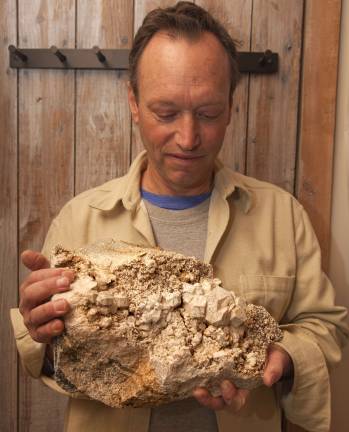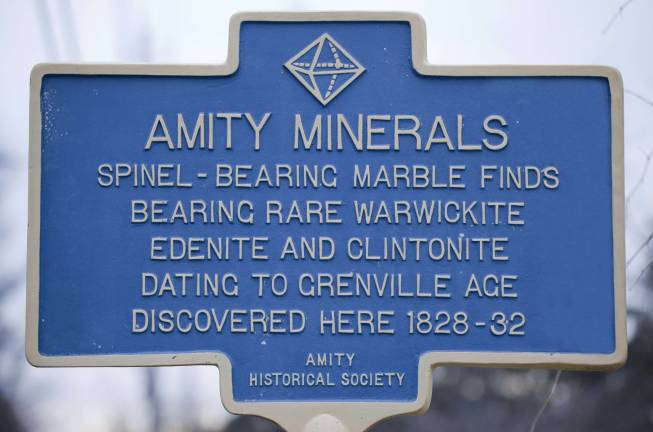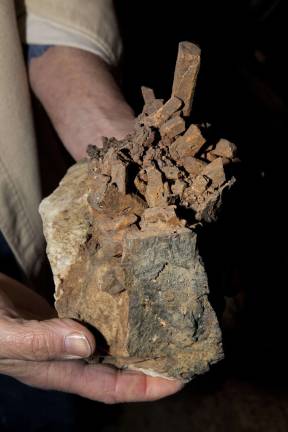Treasure hunt




By Becca Tucker Two years ago, excavators dug a seven-foot trench in Glenn Rheins back yard in the process of laying 400 miles of natural gas pipeline. One of the excavators told Rhein that there was a half-mile stretch running through Amity, a hamlet of Warwick, where they were turning up the weirdest rocks. In all the digging theyd done, they hadnt hit anything else like it. Rhein, 55, carried a particularly cool rock in his truck for months, until he happened to buy something at an antique store in Warwick. He gave the store owner the rock, to display in the store window. A geologist walked by and asked where the rock came from. Then he paid Rhein a visit. Thats when Rhein – who works in construction and owns a backhoe – really started digging. The rocks that have come out of Rheins 32 acre yard are not the prettiest things in the world, he said. Theyre not glitzy and fancy, but theyre kind of scientifically important. A parade of geologists, hobbyists, and even entire school classes have traveled from near and far, armed with shovels and picks, to see these giant crystals in Rheins yard. Two students working on theses at Montclair State University came with their professor and a geologist. Theyre trying to figure out why these rocks grew so big. Experts date the specimens at around 850 million years old. When Mt. Adam and Mt. Eve pushed through a marble vein a billion years ago, they brought with them pressure and gas and fluid that created a unique array of crystals. Rhein has sent 20 specimens to New York State Museum in Albany. The museum gave Rhein a microscope, through which hes identified about 30 minerals. His rocks are on display in museums in Paris, Michigan, and Sterling Hill in Ogdensberg. He just shipped a package to Australia for Museum Victoria in Melbourne. After he posted pictures of his rocks online, he kept getting the question: does it fluoresce? So he went out and bought a black light, and nothing lit up. It turned out hed bought the wrong kind of black light. He tried again, and yes, many of the rocks did light up, and in incredible geometric patterns. For me its like treasure hunting. You never know what youre going to find. You break a rock, put a light on it, and get nothing, so you break it a little more, and you find something. Now he entertains friends by bringing them into the darkroom in his basement and turning on the black light. Amity, it turns out, has a history of rare mineral collecting, but its been dormant for about a century. Rhein wants to set up a temporary display somewhere local like the library, town hall, or Museum Village, so people can see what they might find under their feet if they start digging.